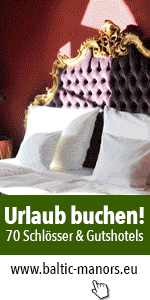Manor House Diestelow
In the 13th century Diestelow belonged to the possessions of the von Bruseuisz family. In the 15th century, the von Weltzin family resided here. In 1492 the estate became the property of the Mecklenburg Dukes. In 1712 Captain Linstow acquired the estate.
From 1904 on Herr von Treuenfels was the owner of the estate. In 1926, however, the estate was heavily in debt and so it was sold to one Herr Schulz.In 1927 he had the estate opened to settlements by the Mecklenburgische Landgesellschaft.
Behind the northern shore of the Diestelow lake there was the estate. The manor house is a two-storey building flanked by farm buildings. The husbandry yard was extensive in the 1920s, it included a riding house, a horse stable, a large barn, a cow shed and a stable for foals and young cattle as well as a pigsty. Somewhat apart stood the labourers´ cottages, the blacksmith's shop, and the wheelwright's workshop.
In 1931 the manor house was purchased by the Central Committee of the `Innere Mission´ in Berlin (The `Home Mission´ is a charity set up by the German Lutheran church) to establish a church school for settlers. Here the settlers learned everything they needed for a successful life and work in agriculture. In
1934 the headmaster of the school, Herr Holtz, had to leave the country - he courageously stood up to the Nazis in speaking and acting. In 1937 the manor house was sold to Herr Kruhöffer.
Towards the end of WWII re-settlers (refugees) moved into the manor house. In 1956 Herr Kruhöffer and his family left Diestelow for West Germany. He leased the property to the LPG (agricultural production cooperative).


